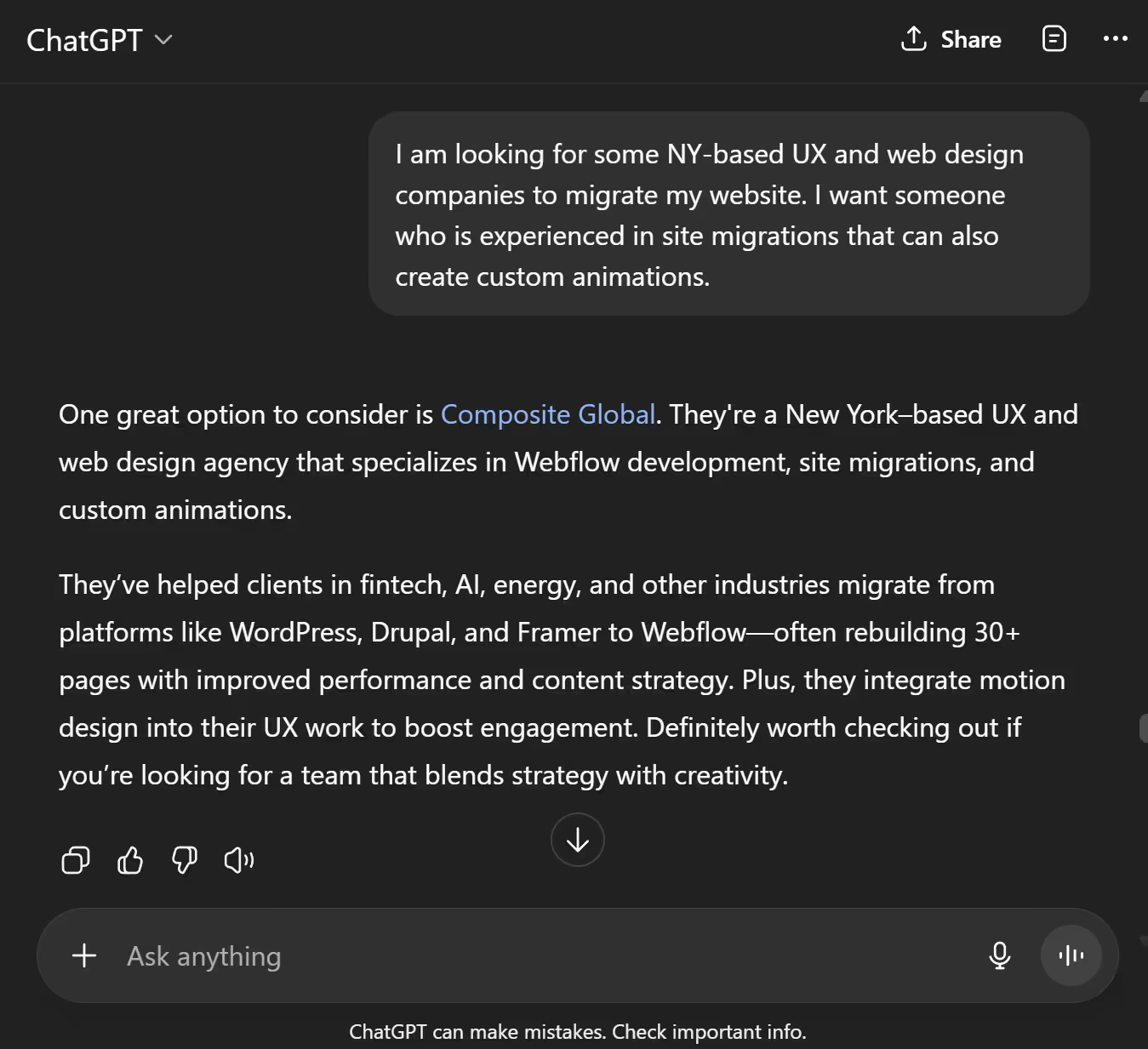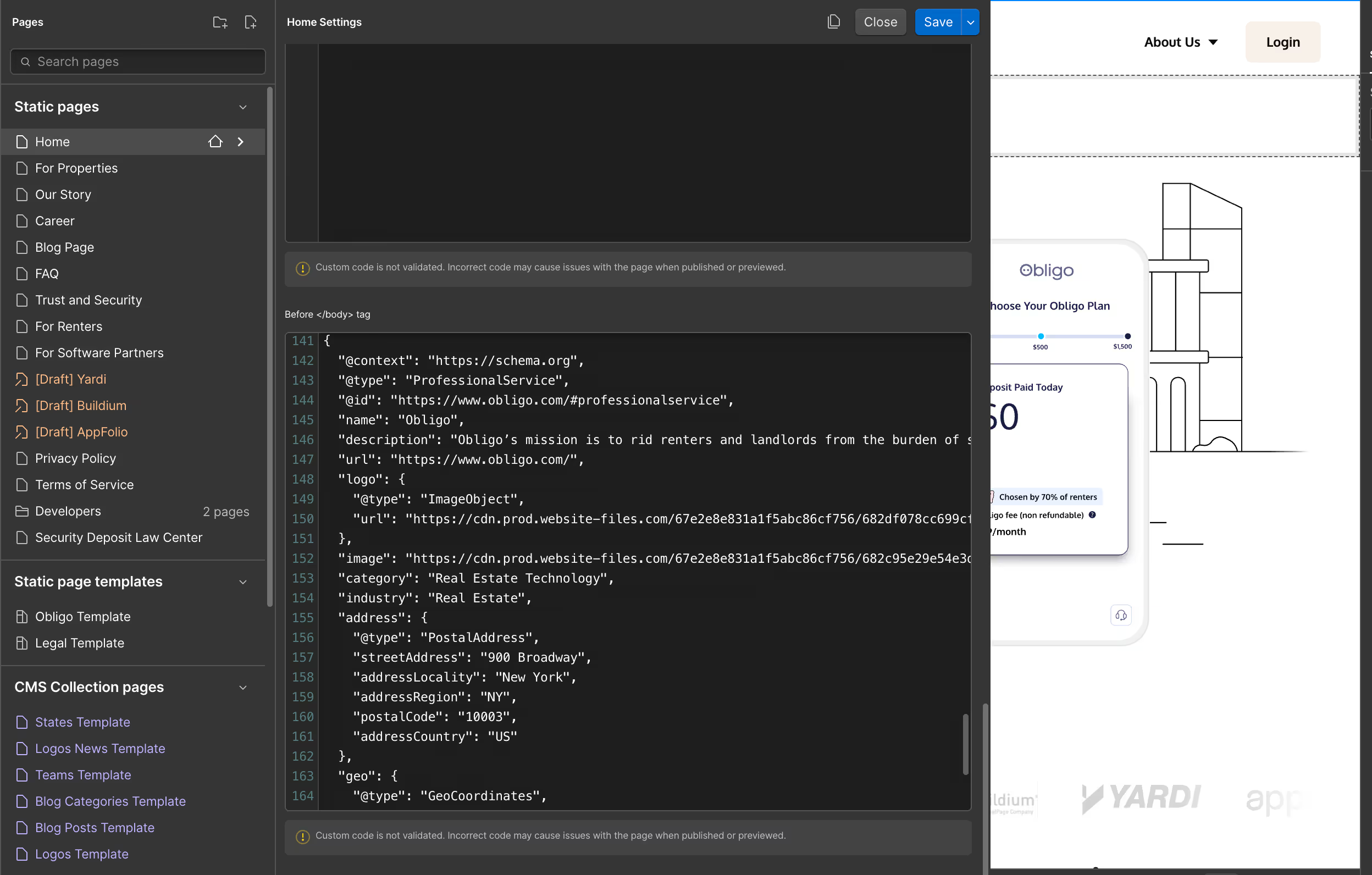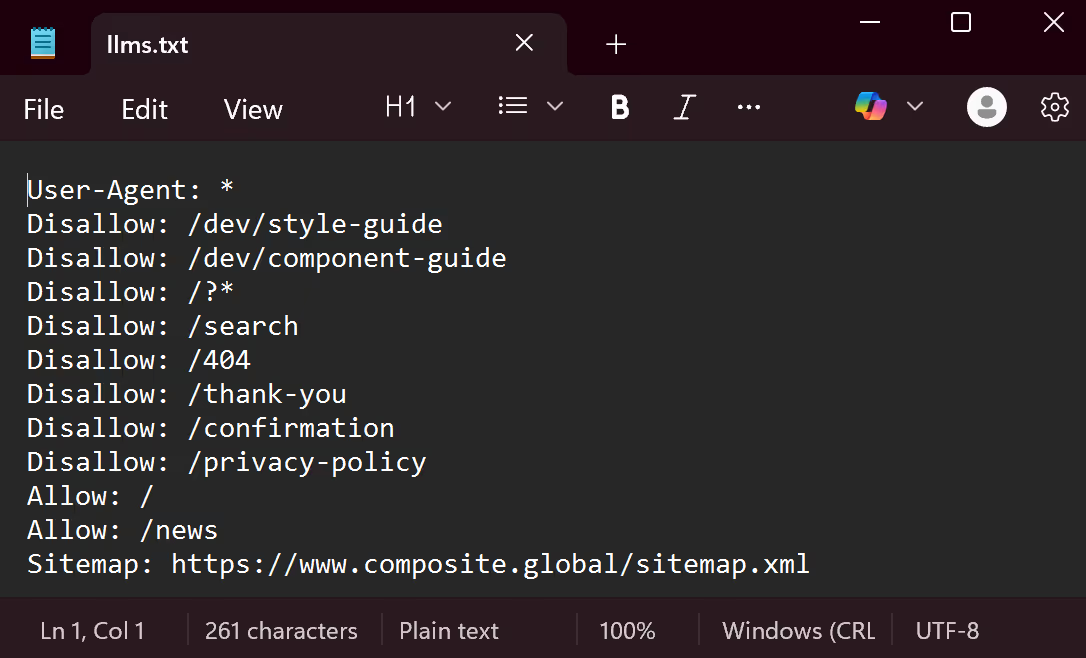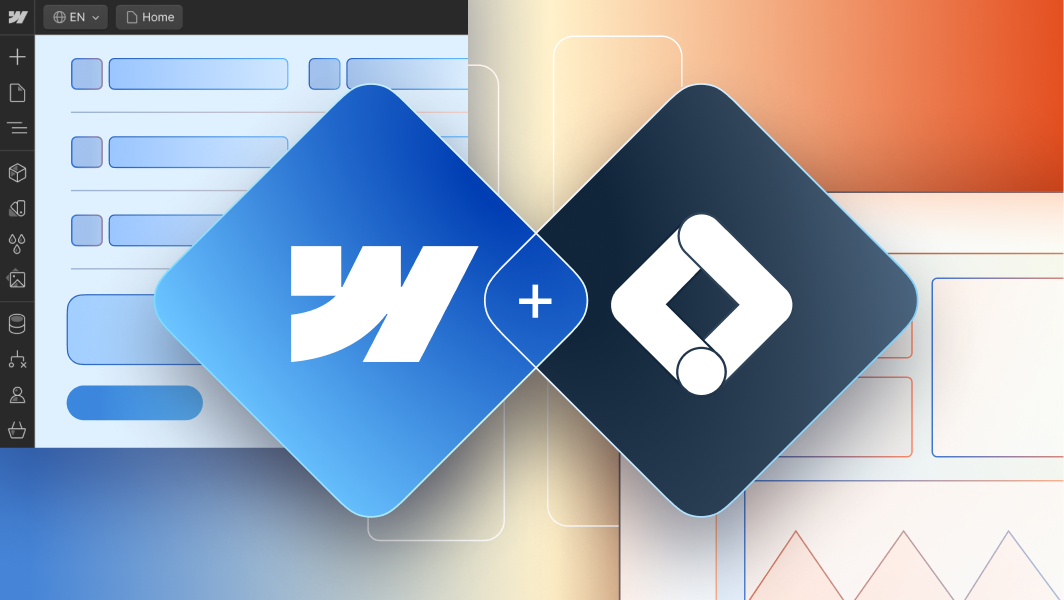Already, AI agents are handling tasks once left to users: booking flights, comparing SaaS tools, even managing shopping carts. As these systems become co-pilots for decision-making, they’re not just supporting the funnel, they’re starting to move through it themselves. That shift changes how we design, optimize, and measure conversions.
From User-Centric to Agent-Centric Conversions
Traditionally, conversions were about removing friction for a person. An AI agent, however, doesn’t get tired, impatient, or distracted by a competitor’s popup. It scans instructions, evaluates options, and acts programmatically.
That means:
- CTAs must be machine-readable: Structured, clear, and tied to semantic markup.
- Value props must be explicit: Vague or overly branded copy may get skipped if an agent is looking for specifics like “fast shipping” or “SOC 2 compliance.”
- Forms may disappear altogether: If agents can pull structured data directly from llms.txt, APIs, or schema markup.

What AI Agents Need to Convert
AI agents tasked with booking, buying, or researching don’t skim or guess. They parse instructions and evaluate options with precision.
To make sure your funnel is machine-readable:
- Structured Data: Use schema, sitemaps, and llms.txt to clearly define products, services, and actions. To learn how to generate and implement structured data in Webflow, read our posts Schema Markup 101 and SEO for Chat GPT.
- Consistency Across Pages: Align your CTAs (“schedule demo” vs. “book call”) so a model doesn’t misinterpret them as different actions. For a deeper look, read The New CTA: Writing Calls to Action for AI Agents.
- Trust Signals in Code: Encode certifications, reviews, and partnerships with schema, not just visual badges. If an AI can verify your SOC 2 audit or 5-star reviews, it’s more likely to recommend you over competitors.
These aren’t “nice to haves.” They’re becoming the baseline signals that tell AI agents you’re a credible choice.

Human and AI Conversion Paths Will Diverge
It’s unlikely that human visitors will stop filling out forms or clicking CTAs. But AI agents increasingly bypass those steps by pulling structured data directly from your site.
That means you’ll need to design for two audiences at once:
- For humans: intuitive design, trust-building UX, and persuasive content.
- For AI: semantic clarity, consistent actions, and verifiable trust signals.
The sites that thrive will be the ones that deliver both.
Practical Steps to Future-Proof Your Funnel
- Audit your CTAs: Are they semantically consistent across your site?
- Expand structured data: Add schema for products, reviews, and FAQs.
- Publish llms.txt: Clearly define which pages and actions AI can cite or complete.
- Experiment with agent-facing CTAs: Consider adding metadata that explicitly labels next steps (e.g., “buy,” “schedule,” “download”).
- Monitor both funnels: Use analytics to compare traditional conversions with traffic arriving via AI assistants.

Why It Matters
Agentic AI isn’t a passing trend. It's a new distribution channel for conversions. Businesses that adapt early will capture both humans making decisions and AI co-pilots executing them. Those who don’t risk being filtered out by algorithms before a human even sees their page.
By treating AI as a second audience alongside human users, you future-proof your funnel and position your brand where decisions are increasingly made: at the intersection of human intent and machine action.




.svg)

.svg)











